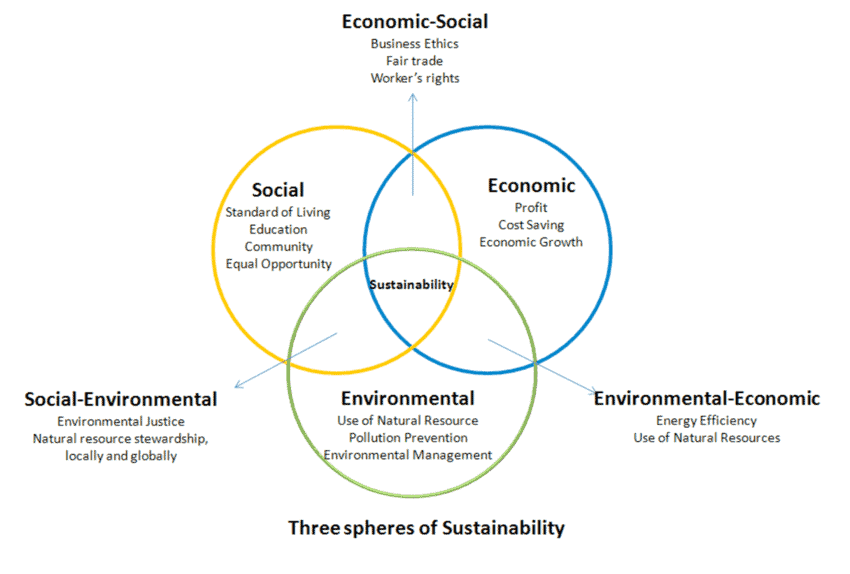 Jon and I have been discussing whether “ecological integrity” and “resilience” are in fact, the same thing. I think it makes sense, though, to start from the beginning and go through all the abstractions we’ve used for the past 40 years or so, looking at (1) what actors defined and promoted them, (2) the place of humans in the abstractions, including indigenous and local people, 3) how they handle climate mitigation and adaptation, and 4) how or if the concepts have a link to management practices on the ground. Two caveats, though, this is mostly from my own memory supplemented with links, so other knowledge, ideas and perspectives (and links!) are welcome.
Jon and I have been discussing whether “ecological integrity” and “resilience” are in fact, the same thing. I think it makes sense, though, to start from the beginning and go through all the abstractions we’ve used for the past 40 years or so, looking at (1) what actors defined and promoted them, (2) the place of humans in the abstractions, including indigenous and local people, 3) how they handle climate mitigation and adaptation, and 4) how or if the concepts have a link to management practices on the ground. Two caveats, though, this is mostly from my own memory supplemented with links, so other knowledge, ideas and perspectives (and links!) are welcome.
The first to examine is “sustainability.” This was seen to be the intersection of social, economic and ecological sustainability. Who defined it: I think the international development community but then the forest community ran with it. It’s particularly interesting as a result of the Montreal process towards sustainable forest management, the group developed criteria and indicators of sustainable forest management. Here they are:
You’ll note that two additional abstractions- biodiversity and forest ecosystem health- are included in the C&I, also global carbon cycles, even though they came out in 1995.
Then Canada took those and developed its own forest certification standard. So if you wanted to track this concept, you could go all the way from the abstract idea of sustainability to what things forest managers can and can’t do, and what they should be concerned about.
From the CSA Website:
Developed for Canada CSA Z809 is written specifically for Canada and its publicly-owned forests. The standard was built on top of strong legislative frameworks that govern forestry, follows the CCFM Framework for Sustainable Forest Management, and sets the benchmark for community involvement.
An Active Community Voice in Forest Management
Local advisory committees are involved in identifying values, objectives, indicators and targets for criteria and indicators of Sustainable Forest Management. They also participate in annual
reviews of performance against targets, and continual improvement discussions.
Current, Relevant and Evolving
Helps organizations meet for performance goals and allows for continual improvement through a management system of planning, implementing, checking, corrective actions and management
reviews.
Transparency
Outlines how certain information must be made publicly available, such as CSA Sustainable Forest Management plans, annual reports on progress against those plans; and results of independent
certification and surveillance audit reports.
Independent
The standard was developed in an independent and transparent process.
Labels for Forest Products with Integrity
The CSA Group Forest Certification Program allows the use of PEFC Chain of Custody labels that demonstrate compliance with the a wood product has been sourced standard and assurance that
responsibly & legally.
If you note, this sounds a bit like national forest planning in the US.
So it appears to me that sustainable forest management was discussed and debated by the usual suspects in the forest policy sector. At least in Canada, it reaches from concept to the ground, including the use of local advisory committees, defined criteria and indicators, transparency and third party certification. They updated the standard in 2016 and
Aboriginal Relations
A stronger, standalone section specific to Aboriginal people has been created which highlights the understanding of Aboriginal title and rights, the importance of building good relationships, being flexible in ways of involving Aboriginal communities in forest management planning, and including efforts to identify and resolve disagreement.
Now, there’s another very large body of literature around forest certification itself, which I can’t do justice here.
What about climate? Interest in climate has grown since 1995. In a brief review, I haven’t been able to trace carbon and adaptation concerns into specific current standards, but I’m sure that issues like carbon, reforestation, and adaptation are included.

I must have been waiting for 2. The diagram is interesting because it is essentially what the Forest Service 2012 Planning Rule says:
§ 219.8 Sustainability.
“A plan developed or revised under this part must provide for social, economic, and ecological sustainability within Forest Service authority and consistent with the inherent capability of the plan area, as follows:”
What follows is that forest plan components must:
§(a) Ecological sustainability: “maintain or restore the ecological integrity of terrestrial and aquatic ecosystems and watersheds in the plan area, including plan components to maintain or restore structure, function, composition, and connectivity …”
§(b) Social and economic sustainability: “guide the plan area’s contribution to social and economic sustainability …”
This difference in language reflects the fact that Forest Service authority does not extend to social and economic sustainability beyond its ability to contribute (and there is no substantive target), whereas it has full authority for what occurs in the plan area (and the substantive target is diversity or ecological integrity).
As for climate change, here is what the Forest and Rangeland Resources Planning Act (RPA) said in 1974 (Congress has unlearned a lot since then).
The ten-year Assessments must include:
“(6) an analysis of the rural and urban forestry opportunities to mitigate the buildup of atmospheric carbon dioxide and reduce the risk of global climate change”
The five-year Programs must include:
5) Program recommendations which—
(F) account for the effects of global climate change on
forest and rangeland conditions, including potential effects
on the geographic ranges of species, and on forest and
rangeland products.